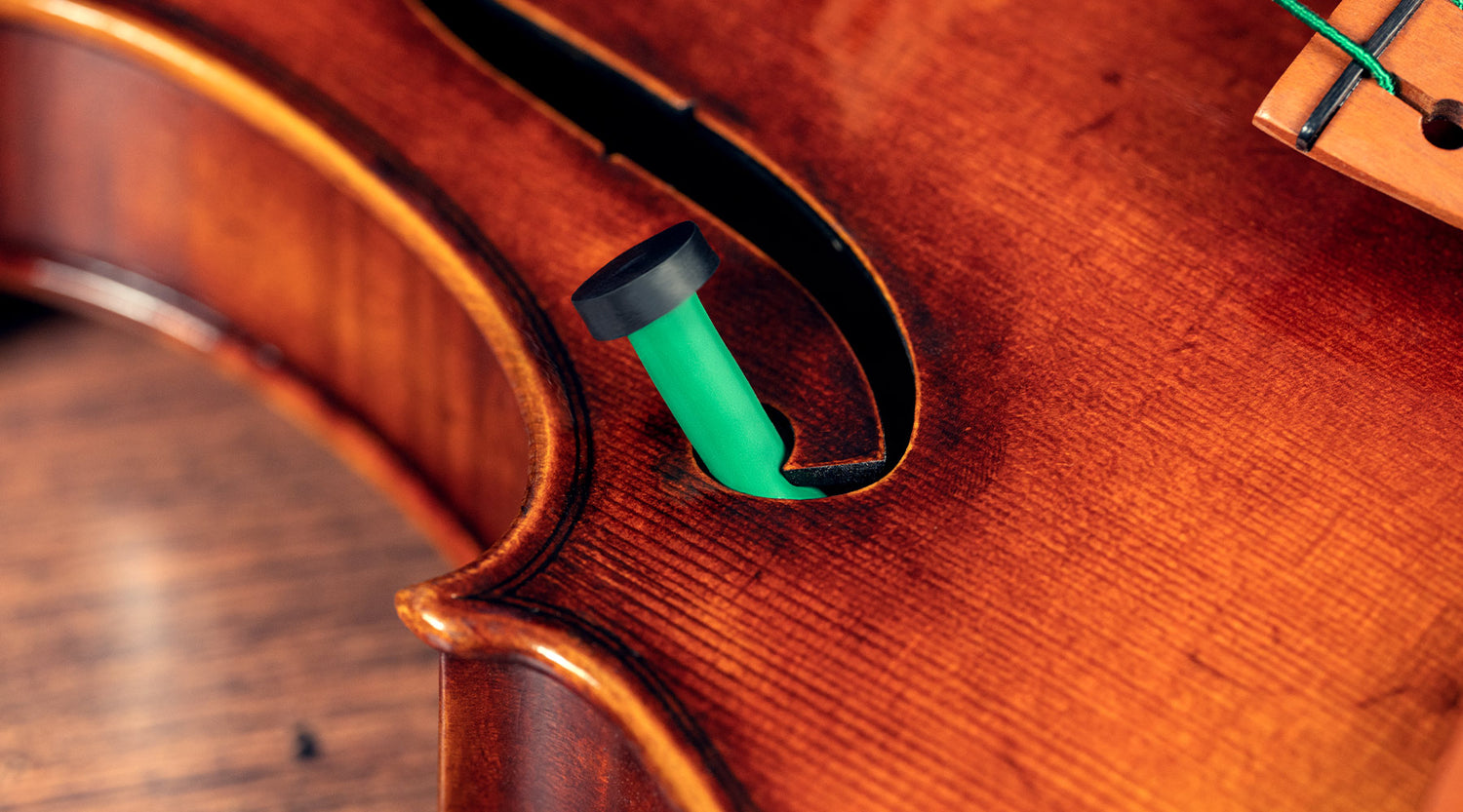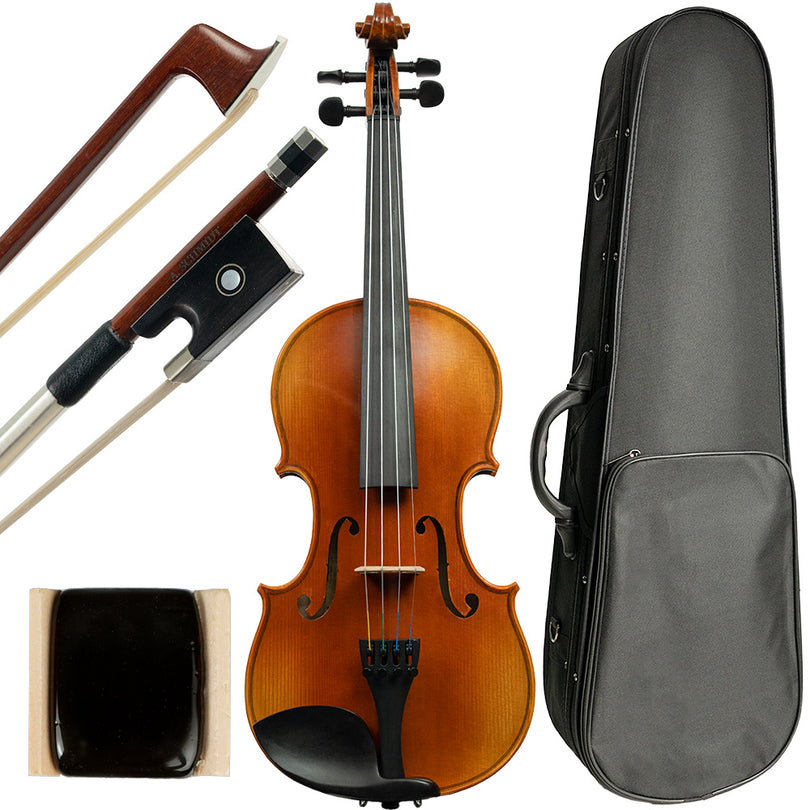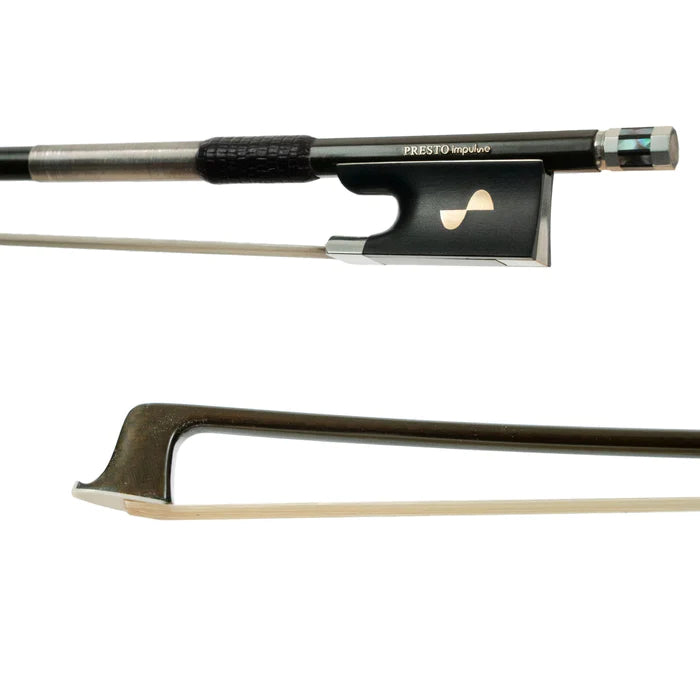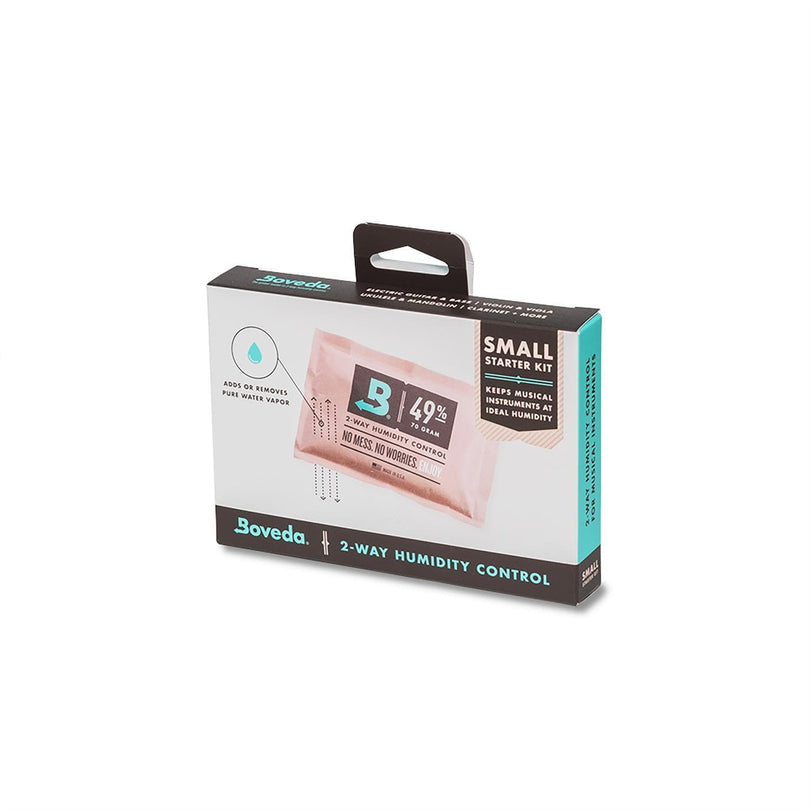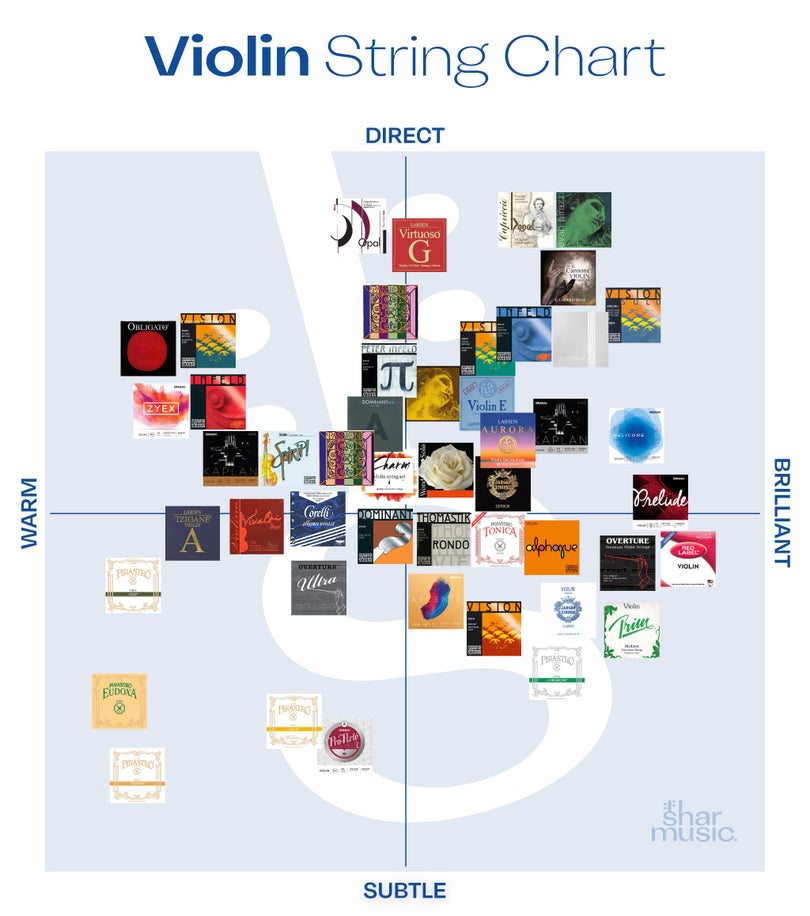As the seasons change, humidity levels fluctuate, or our delicate wooden stringed instruments decide to be finicky, it’s time for musicians to look into what their options are in terms of proper humidification. We’ll start by talking a little bit about what humidity even is and how it affects our instruments, and then we’ll take a deep dive into what products you can use to ensure a consistent level of humidification in your case.
What is humidity?
Well according to Merriam Webster, humidity is defined as the amount of moisture in the air. It’s the force that makes the hair on your head become frizzy, makes you sweat a little extra when you step outside, and for our purposes, the force that causes wood to expand and contract.
How does this relate to stringed instruments?
Wood is a very delicate material that has many fibers within its structure. As a material that originates from trees, this structure is built to expand and contract as the moisture in the air increases and decreases. Because of this, instruments made out of wood such as violins, violas, cellos, and basses are susceptible to even slight changes in weather and humidity. When an instrument is not properly humidified, it can result in changes to the sound, open seams, or even cracks on the top or back plates of the instrument!
How can I prevent those things from happening?
The best way is to make sure you are properly humidifying your instrument, and always storing it in a case after use. These days, there are a lot of different options to choose from, so let’s dive in!
The Noodle
The noodle style of humidifier is one of the most tried and trusted methods. Brands such as Humidi Guard and Dampit are extremely popular with violinists, violists, cellists, and bassists alike. They are simple to use too: simply wet the noodle part, wipe off the excess, and put it in your f-hole. Just rewet the noodle as necessary depending on your particular climate.
The Gels
The gel pack style of humidifier is another type of humidifier that is appropriate for all instruments. Boveda is widely popular brand and proudly offers 2-way humidity control. This means that when the surroundings are too moist, it wicks moisture away, and when the surroundings are too dry, it slowly puts moisture into the air. The way Boveda works is that you simply place a new gel pack into the pouch and leave it in your case. When the gel pack hardens, simply replace it with a new one and you’re good to go.
The Hybrid
The hybrid of the noodle and gel pack style of humidifier is the Stretto Humidifier. Also appropriate for all instruments, the Stretto line has combined the convenience of the gel packs and the reusability of the noodle style humidifiers to create a case-based humidifier that is able to be rehydrated as needed. To use the Stretto, wet the bag and place it in the pouch. This should last about 2 weeks (depending on your climate) and will dry out when ready to be rehydrated. You can continue rehydrating the humidifying bag as needed until it stops absorbing water. When this happens, it’s a sign that the bag will need to be replaced.
Now that we have a few options and information about all the types of humidifiers, who exactly needs to use one?
Honestly, everyone. Taking care of the humidification in your case will help to prevent future cracks or open seams from happening and prevention is key! If you live in a particularly dry climate or if you have the heat on all the time, make sure to take humidification seriously. Dry weather and surroundings can make wood extremely brittle, which can result in an unfortunate crack or seam opening up. If you have a hygrometer (humidity gauge) in your case, check to make sure that you're in the ideal range of 40-60% humidity.
We hope you found this blog post informative! If you have any other questions related to proper humidification techniques or products, make sure to comment down below. Happy humidifying!

